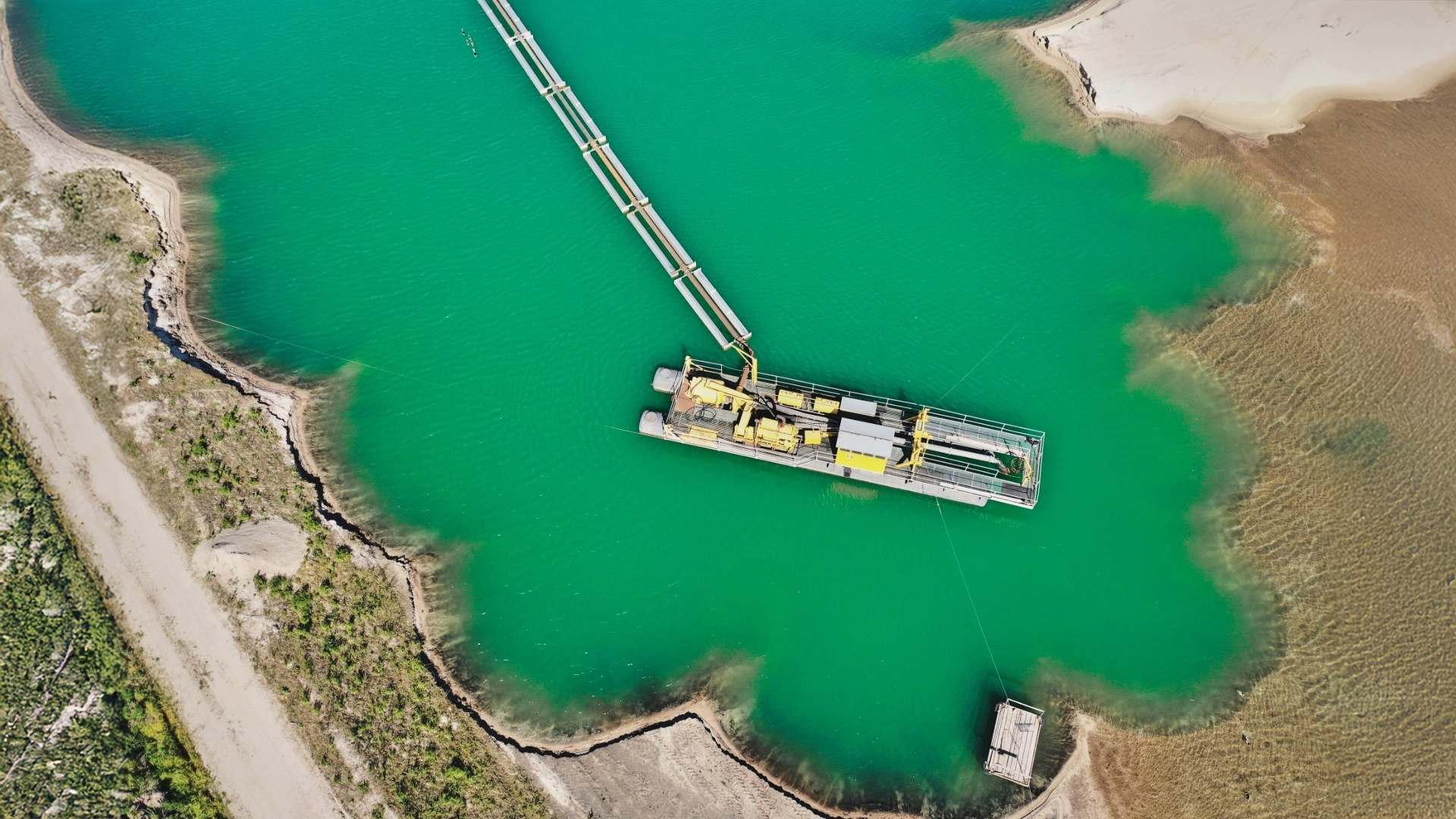Introduction
In a major step toward improving flood resilience in Fiji’s Western Division, a large-scale dredging project was recently completed on the Ba River. Spearheaded by the Ministry of Agriculture and Waterways in collaboration with Hall Contracting, the initiative focused on flood mitigation dredging to prevent future disasters in Ba Town and nearby villages. This ambitious project involved the removal of more than 300,000 cubic meters of silt, sand, and gravel along a 3.6-kilometer stretch of the river, restoring its natural capacity to carry excess water out to sea during heavy rainfall.
A Critical Need Born from Past Tragedies
The importance of this project cannot be overstated. Ba has been historically prone to severe flooding, with one of the most devastating events occurring in 2009. That flood claimed 11 lives and affected over 100,000 people, causing widespread damage to homes, farmland, and infrastructure. Since then, successive governments have acknowledged the urgent need to implement long-term flood mitigation strategies, with river dredging seen as a key intervention.
Minister for Agriculture and Waterways, Vatimi Rayalu, emphasized the life-saving potential of the project, stating, “We know that Ba has suffered from many floods in the past, especially in 2009 when 11 lives were lost and over 100,000 people were affected. This project is part of our long-term plan to reduce disaster risks and protect our communities.”
How Dredging Helps
Flood mitigation dredging involves deepening and widening river channels to improve water flow, particularly during high-rainfall events. Over time, rivers naturally accumulate sediment such as silt, sand, and gravel, which reduces their capacity to carry water. This buildup causes rivers to overflow more easily, resulting in flooding of nearby areas. By implementing silt removal dredging, the Ba River has now regained the ability to channel stormwater efficiently out to sea.
With over 300,000 cubic meters of material dredged from the riverbed and relocated offshore, the improved channel enables significantly faster water discharge during storms, thereby reducing the risk of riverbank breaches. This also decreases the chances of emergency evacuations and costly disaster response measures.
Protecting Lives, Livelihoods, and the Economy
The communities in Ba and its surrounding rural areas are heavily reliant on agriculture. Flooding not only threatens lives and homes but also causes severe damage to crops, livestock, and infrastructure. This directly impacts food supply chains and the local economy. By investing in silt removal dredging, the government is taking a proactive step to safeguard both people and livelihoods.
Farms situated near the riverbanks have long suffered from crop losses due to waterlogging and soil erosion during floods. With the river now restored to better handle excess water, farmlands are expected to benefit from reduced inundation and increased productivity.
A Collaborative Effort
Hall Contracting, a company with expertise in marine and environmental dredging projects across the Pacific, carried out the dredging work. Working closely with the Ministry of Agriculture and Waterways, they utilized specialized dredging equipment to carry out the massive earth-moving task in an environmentally responsible manner.
By aligning engineering solutions with disaster resilience goals, the partnership has created a model for future projects. It underscores the importance of public-private collaboration in addressing the growing challenges posed by climate change and unpredictable weather patterns.
A Model for Future Flood Management
The success of this dredging project sets a benchmark for other flood-prone regions across Fiji and the Pacific. Many coastal and riverine communities face increasing threats due to rising sea levels, extreme rainfall, and sedimentation. Integrating flood mitigation dredging into national and regional planning could offer long-term cost savings compared to emergency responses following disasters.
Minister Rayalu noted, “This is not just about fixing the problem temporarily. It’s part of a comprehensive disaster risk reduction plan. We are building resilience for the future.”
Environmental Considerations
While dredging provides immediate flood relief benefits, it must be carried out with consideration for environmental impacts. The Ministry and Hall Contracting adhered to best practices to minimize disruption to aquatic ecosystems. The removed materials were deposited in offshore areas designated for this purpose, thereby preventing shoreline erosion and protecting marine life.
Regular environmental monitoring was also undertaken during the project to ensure compliance with sustainability standards. This balance between infrastructure development and ecosystem health is essential for long-term success.
Conclusion
The dredging of the Ba River is part of a broader national strategy aimed at addressing climate-induced flooding and enhancing the resilience of vulnerable communities. Continued investment in silt removal dredging, floodplain management, and early warning systems will be vital to reducing the impacts of extreme weather.
As the 2025 cyclone season looms, residents of Ba Town and surrounding villages can take comfort in knowing that significant progress has been made to protect their lives, homes, and livelihoods. The project stands as a testament to the power of strategic planning, technical expertise, and community-focused governance.
With the groundwork now laid in Ba, similar interventions may soon follow in other flood-prone regions, demonstrating that dredging, when conducted thoughtfully and proactively, can be a powerful tool in building climate resilience and securing a safer future for all.
